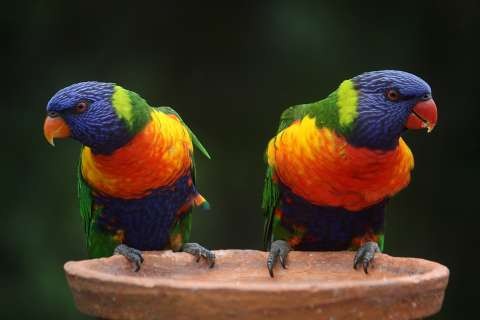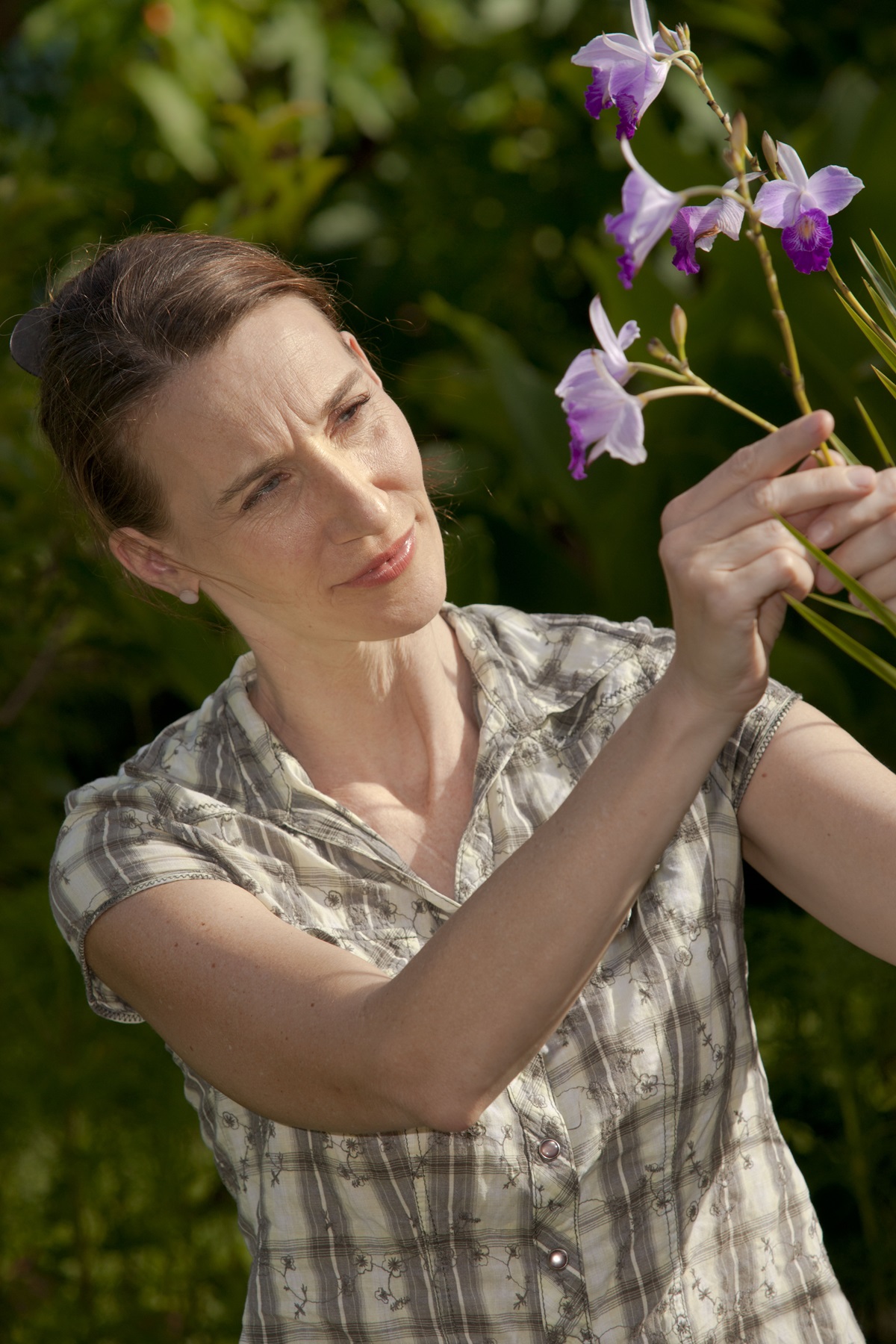Greater Shepparton City Council and RiverConnect would like to thank residents across the municipality for participating in the Aussie Backyard Bird Count last month. This annual event coordinated by BirdLife Australia discovers the population and species of birds that are sharing our local backyards, parks and reserves.

Within the municipality there were 545 checklists submitted during the Bird Count, recording over 17,000 birds, with many checklists being completed at Council’s One Tree Per Child planting sites. One Tree Per Child is a native plant revegetation project that commenced in 2016 and has provided extra food and shelter for birds and other wildlife. This year there were over 125 bird species sighted including the Azure Kingfisher, Australian King-Parrot, Superb Fairy-wren and Zebra Finch plus many more. There were 30 bird species recorded at Tassicker Reserve on Kittles Rd, Shepparton, 25 species at the Australian Botanic Gardens, 27 species at Westview Dr, Mooroopna, 16 species at Settlers Dr, Kialla and 29 species at Lake Bartlett, Tatura.
The annual Bird Count is a great opportunity for residents and schools to join in on conservation efforts while observing and connecting with wildlife in their backyard or local park. The data collected by citizen scientists will help Council, Birdlife Australia and scientists to understand and plan for the threats facing birds in the climate emergency.
“It has been very exciting to see so many checklists completed at our One Tree Per Child planting locations, the positive impacts that planting native flora has had on our environment and community can be seen in the results. There are many beautiful species that are native to Australia and our region, and this is a wonderful way to enjoy what we have in our own backyard.” said Mayor, Cr Kim O’Keeffe.
Community members can still join other local citizen science projects by following RiverConnect on Facebook or Instagram, with the Wild Pollinator Count coming up from 14-21 November.
Visit aussiebirdcount.org.au to see the number of birds and species that have been counted nearby and right across Australia.








